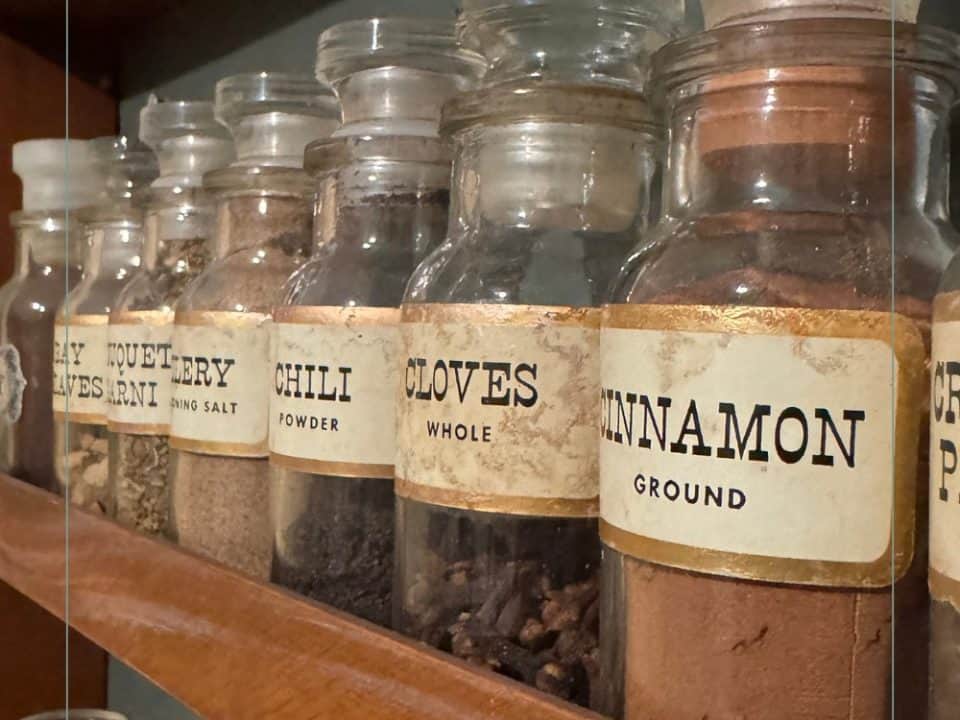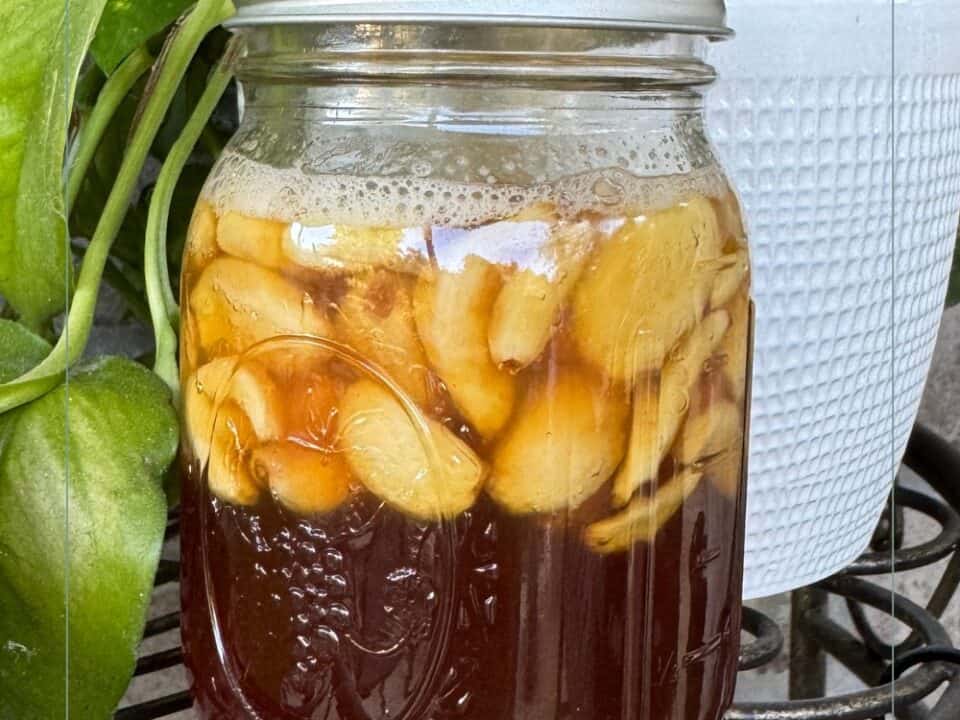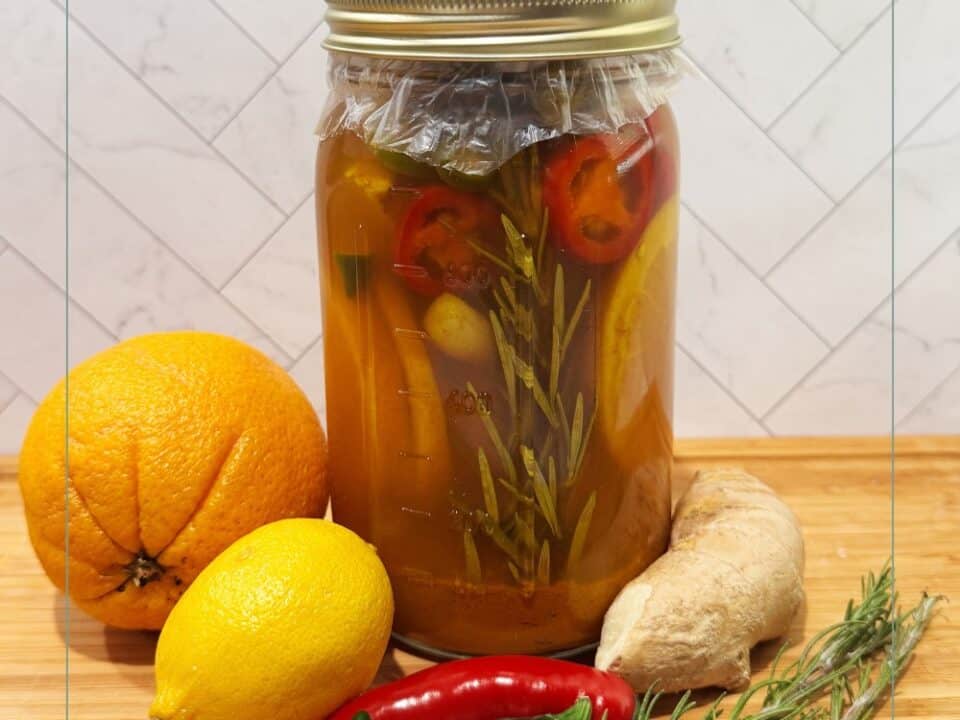Top 7 Herbs To Grow Now For Winter Immunity
I’ve always been the kind of person who looks for herbal remedies before heading to the pharmacy. For years, I’ve told anyone who’d listen about grapefruit seed extract and how it helps me stay well through cold and flu season.
But since moving into Pauline Manor, I’ve learned even more about the power of herbs and how much they can do to help us feel our best no matter the weather. There’s something about growing them yourself that makes it feel a little more intentional, a little more connected.
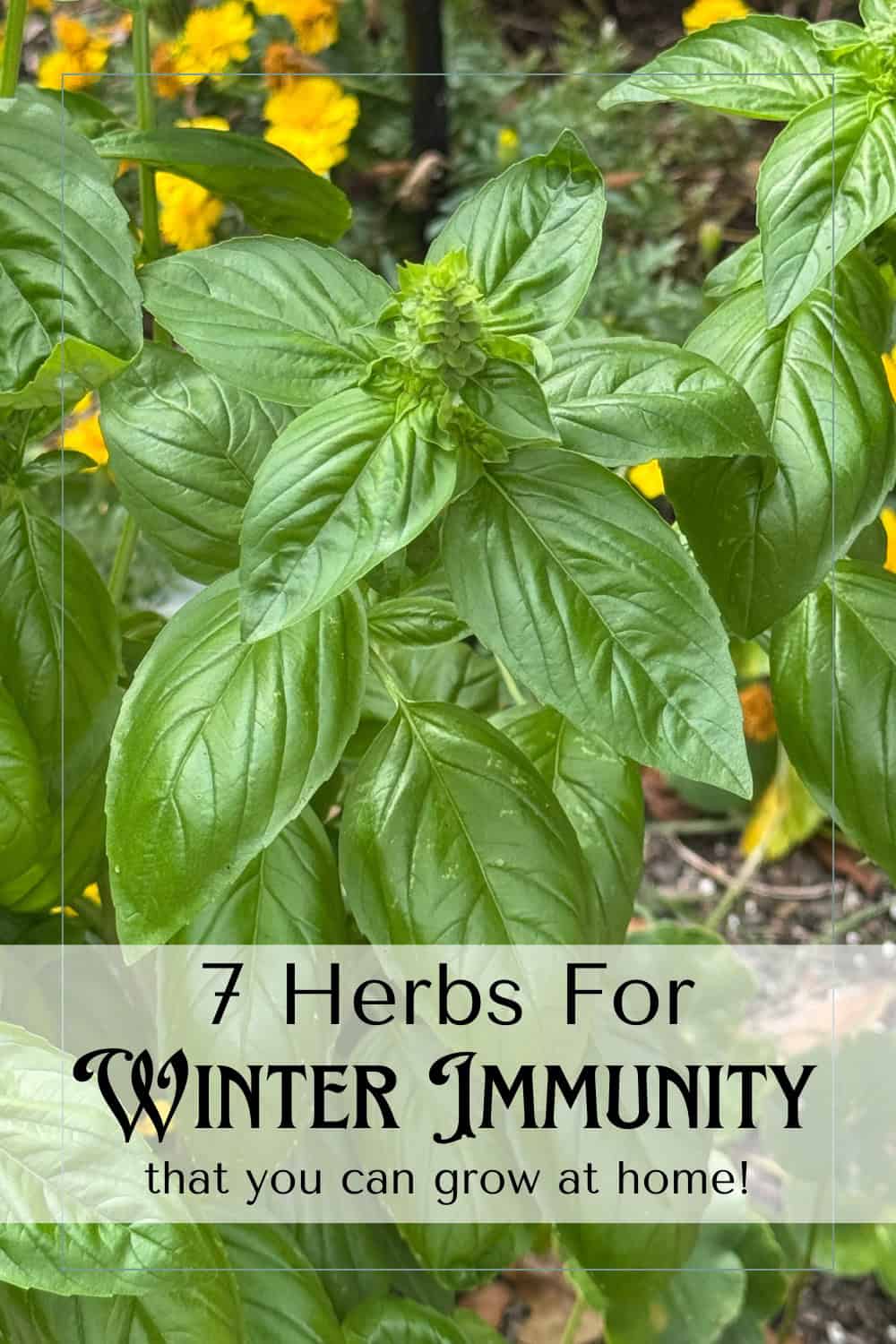
I've rounded up the seven best herbs to grow now for winter immunity, plus one bonus plant that just about everyone loves year-round. Whether you’ve got a full garden, a few raised beds, or just some pots on the porch, these plants will bring both flavor and function to your home apothecary all season long.
Garlic: Nature’s Cold and Flu Defender
Garlic has been used for centuries as both food and medicine, thanks to allicin, a compound with antibacterial, antiviral, and antifungal properties. Plant garlic cloves pointed side up about two inches deep and six inches apart in a sunny, well-drained spot. Mulch them with straw or leaves, and let them overwinter while developing roots. In spring, shoots will emerge, and bulbs will be ready by summer.
For immunity, garlic can be eaten raw in small amounts, added to honey, or brewed into tea with lemon. It is also the star ingredient in fire cider, a warming vinegar tonic taken throughout the winter. Garlic not only strengthens the immune system but also makes nearly every winter dish more flavorful.
Mint: Cooling and Calming Relief
Mint grows vigorously and can handle cooler weather, though it often does best when grown in containers to prevent it from spreading uncontrollably. It prefers moist soil and partial sun, and regular trimming encourages lush growth.
For immunity, mint is especially useful when colds cause digestive upset, nausea, or headaches. Peppermint tea works as a natural decongestant because of its menthol content and is soothing for sore throats and coughs. Mint can also be combined with lemon or ginger for teas that are both refreshing and healing.
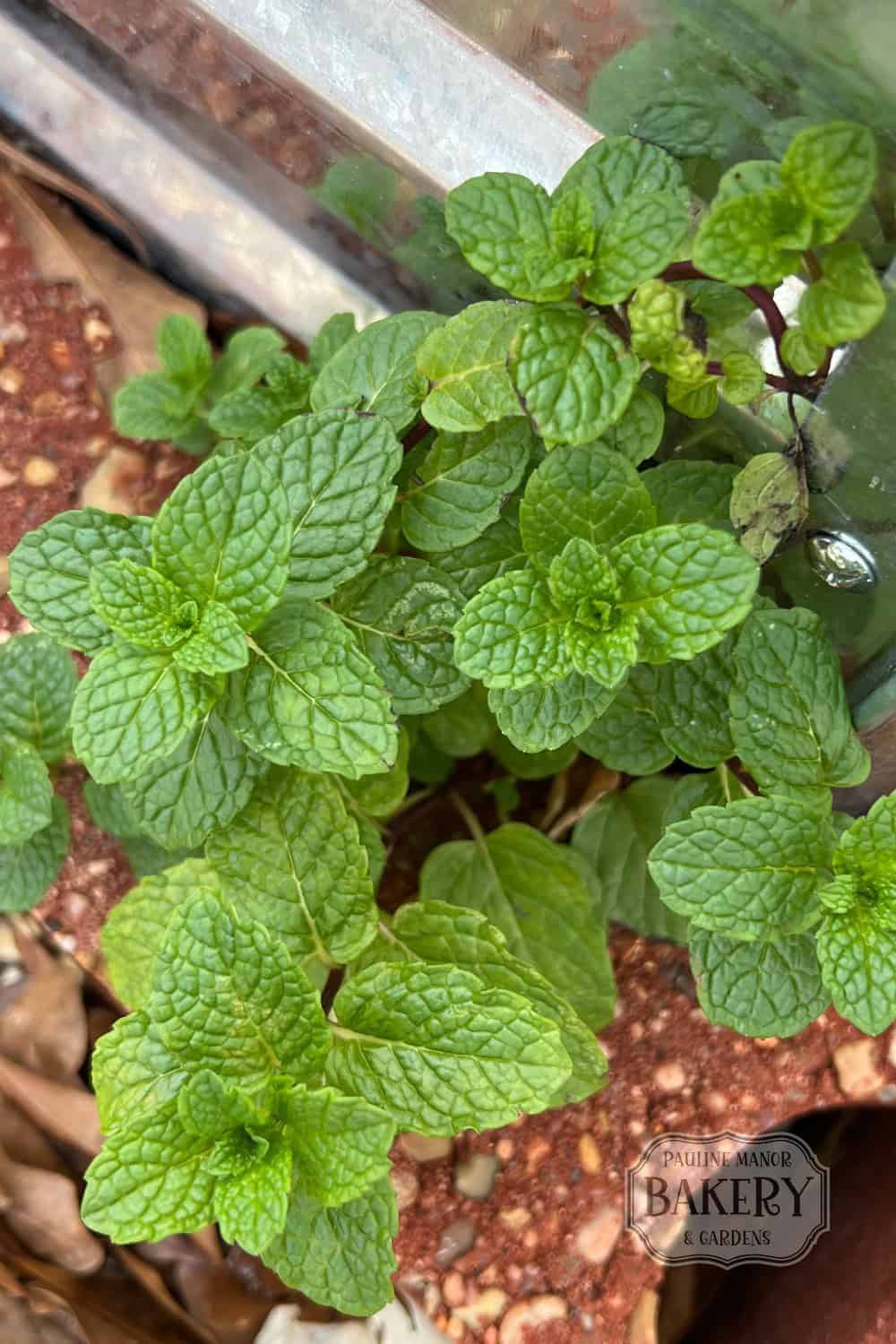
Echinacea: Immune System Booster
Echinacea, also called coneflower, is a hardy perennial that thrives in full sun and well-drained soil. Plant seeds or transplants now to establish roots before winter. Once mature, echinacea requires little care and returns year after year with tall, vibrant blooms that attract pollinators.
The roots and aerial parts are harvested for medicine, with the roots offering the strongest properties. They can be dried for teas or used fresh in tinctures. Echinacea stimulates white blood cells, helping the body fight infections more effectively. At the first sign of a cold, a strong tea or tincture may help reduce symptoms and speed recovery.
Basil: Antioxidant Power
While basil is more tender than the other herbs here, it can thrive indoors on a sunny windowsill or in a greenhouse through the winter. It requires at least six hours of light a day and consistent watering in well-drained soil. Pinch leaves often to encourage bushy growth.
Basil is packed with antioxidants and antimicrobial compounds that help the body fight off infections. Holy basil, or tulsi, is especially valued for its adaptogenic properties, helping the body manage stress and strengthen immunity. Basil leaves can be added to soups and teas for both flavor and medicine during cold months.
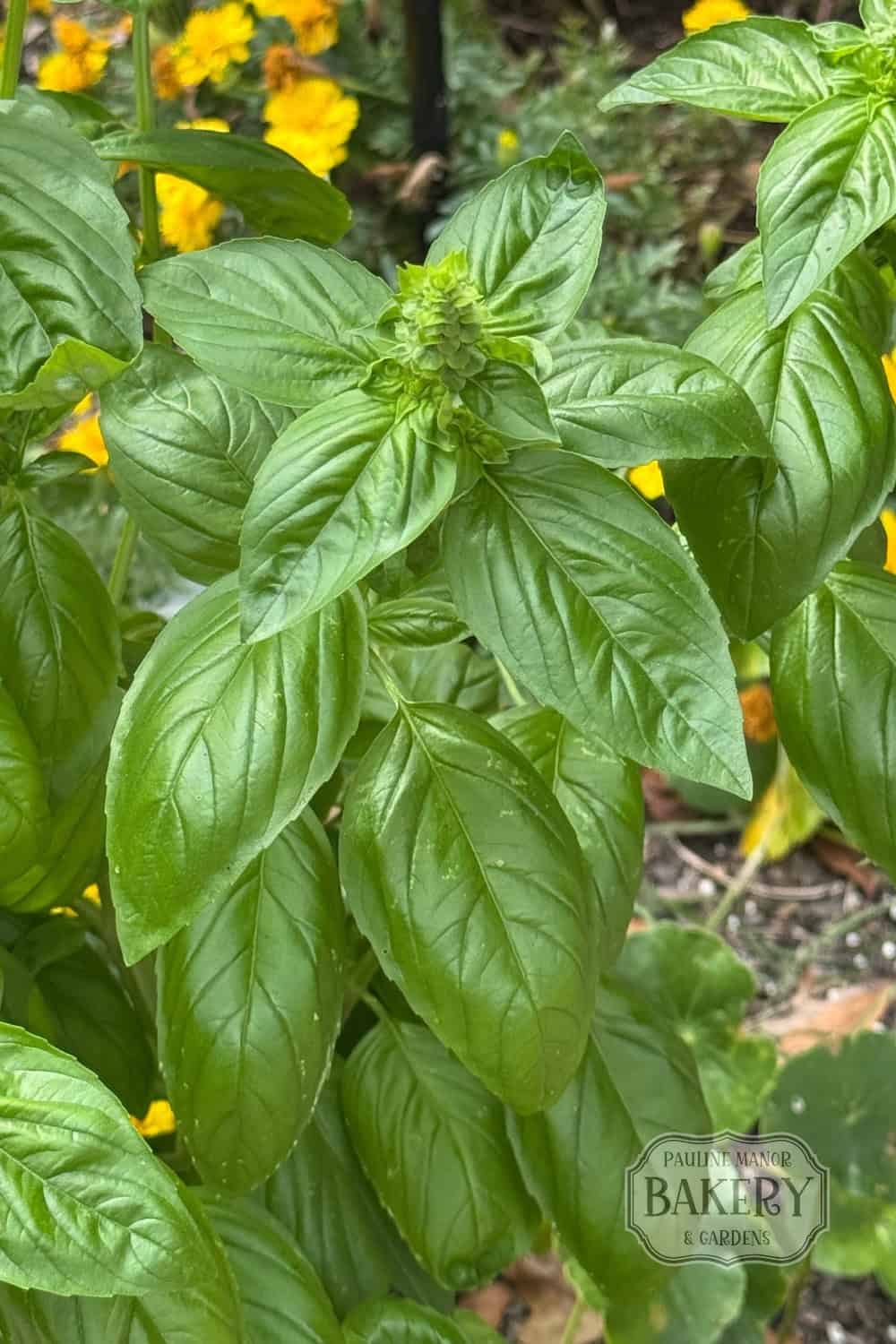
Thyme: Respiratory Support
Thyme is evergreen in many climates and thrives in full sun and well-drained soil. It does well in both garden beds and containers, and regular harvesting will keep it producing tender sprigs. Water lightly, as thyme prefers drier soil once established.
Medicinally, thyme is excellent for respiratory health. A tea made from fresh or dried sprigs helps soothe sore throats, ease coughs, and reduce congestion. Thyme honey is another simple preparation that can be taken by the spoonful or stirred into tea during illness. With antibacterial and antiviral qualities, thyme is one of the most practical herbs to keep close in winter.
Lemon Balm: Stress Relief and Immune Balance
Lemon balm is a fragrant member of the mint family that thrives in cool weather and partial sun. It prefers moist, well-drained soil and, like mint, can spread quickly if not contained. Harvest leaves before flowering for the strongest medicinal properties.
This herb is best known for its calming qualities. It reduces stress, encourages restful sleep, and contains antiviral properties that make it helpful for flu and colds. Lemon balm tea before bed can calm the mind, strengthen the immune system, and support the body’s natural healing processes.
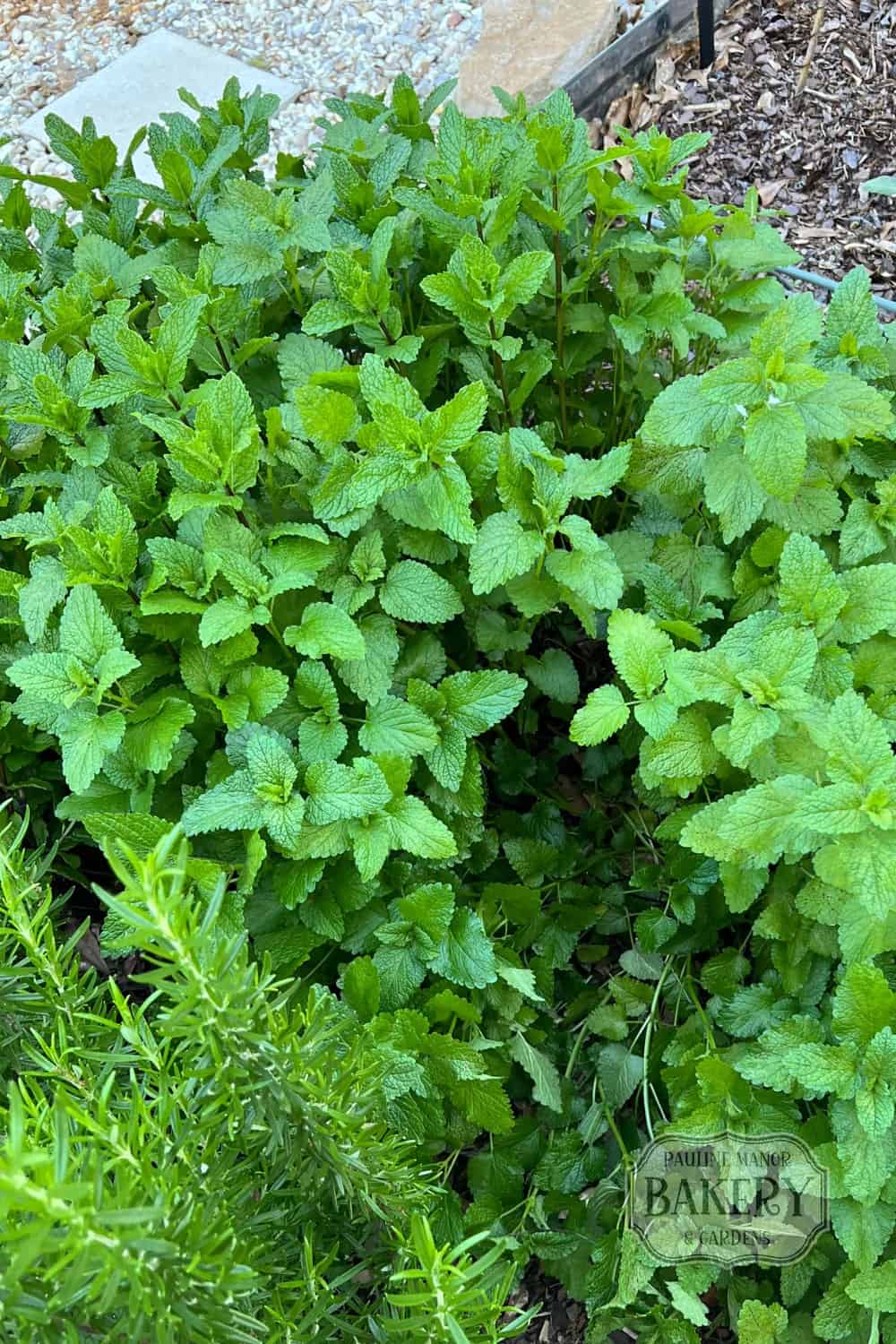
Rosemary: Circulation and Memory Support
Rosemary is evergreen and can be harvested throughout winter in many regions. It prefers full sun, slightly dry soil, and good airflow around its branches. It can be grown in the ground or in containers, and with a little care, it can thrive year-round. Propagating rosemary is super easy and lets you have this fresh herb year-round.
Medicinally, rosemary is known for stimulating circulation and supporting memory and concentration, all of which can lag during the dark winter months. Its antibacterial and antioxidant properties also help the immune system fight infections. Rosemary tea or infused honey is a warming, aromatic way to strengthen the body, while sprigs in roasted dishes provide both flavor and wellness benefits.
Bonus: Jalapeño Peppers for a Spicy Immune Boost
While they aren’t technically herbs, jalapeños absolutely earn a place in a winter immunity garden. As the season cools, the peppers left on the plant begin to change from green to deep red, and that shift isn’t just about color — it’s a sign of full maturity. The longer the pepper stays on the plant, the more its natural sugars and nutrients develop. By the time it turns red, the jalapeño contains more vitamin C, more beta-carotene, and slightly less moisture, which gives it a richer, sweeter flavor and a little extra heat.
That deep red color is a sign of carotenoids, the same compounds found in tomatoes and carrots that act as antioxidants to protect the body from cell damage and support the immune system. Red jalapeños are also higher in capsaicin, the compound responsible for their heat. Capsaicin helps stimulate circulation, clear sinuses, and reduce inflammation — all incredibly useful during cold and flu season.
If you still have jalapeño plants producing fruit, leave a few on the vine to ripen fully and turn red before the first frost. Once picked, you can dry or dehydrate them for long-term storage, blend them into hot sauce, or slice and freeze them for easy use through winter. They’re also perfect for fire cider, chili oil, or infused honey when you want to give your immune remedies a fiery edge.
The transformation from green to red isn’t just visual — it’s nature’s way of signaling that the pepper has reached its nutritional peak. Those bright red fruits are a potent, flavorful reminder that sometimes the best medicine grows right in your own backyard.
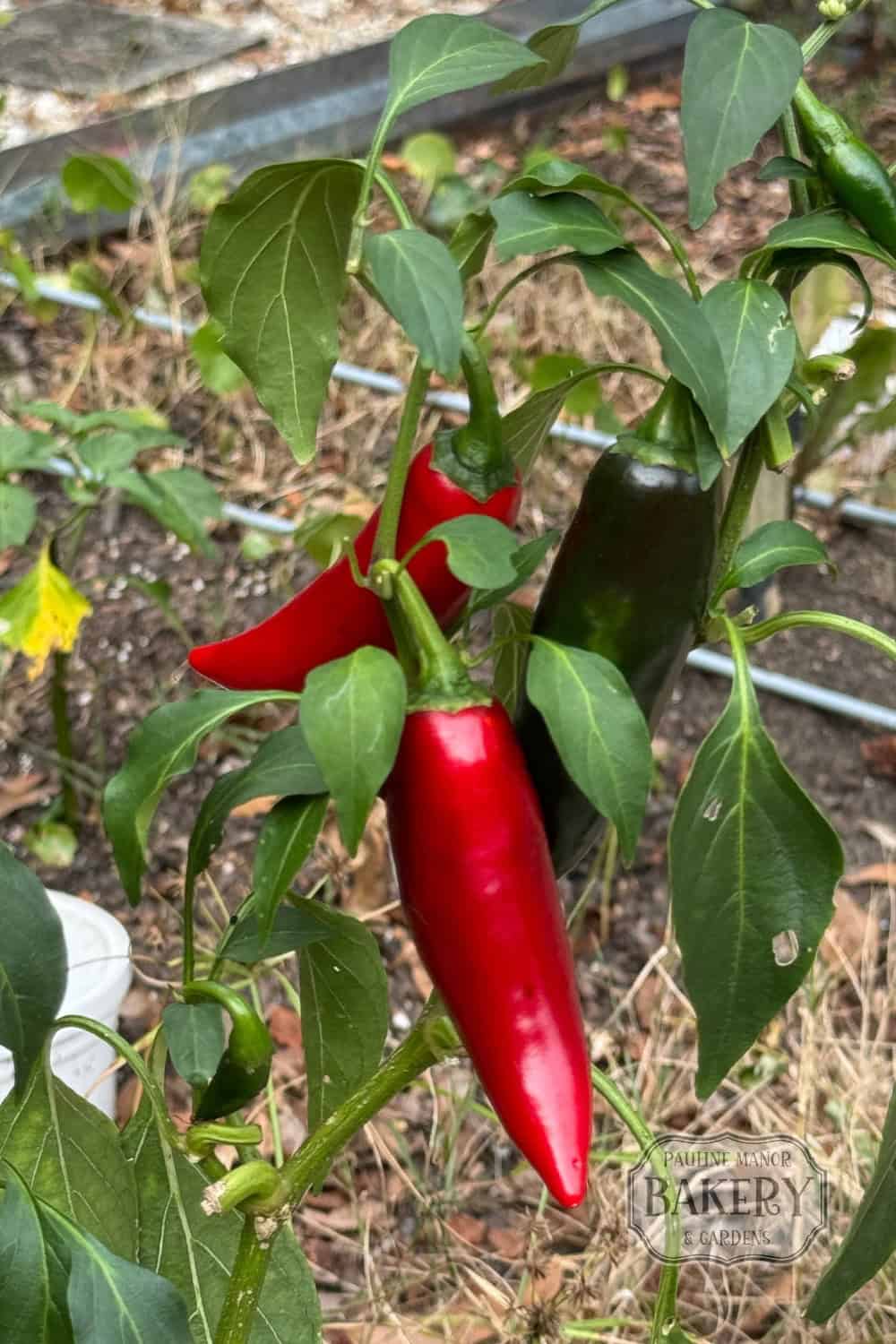
A Winter Garden Pharmacy
Planting garlic, echinacea, thyme, mint, lemon balm, basil, and rosemary now means you are not only adding beauty and flavor to your garden but also creating a natural pharmacy for the winter months. Each herb offers unique support, from garlic’s antimicrobial kick to rosemary’s circulation boost, and together they form a powerful defense against seasonal illness. Growing and using these plants keeps you rooted in older traditions of self-reliance while giving your household tools to stay healthy when winter challenges arise.

